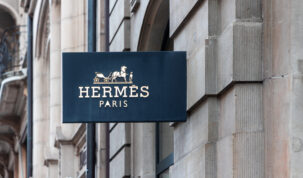Following a key US Supreme Court ruling earlier this year we announced that the practice in regard to the fulfilment of the user requirements for trade marks has been tightened in the USA. Consequently, an entire trade mark registration can be cancelled if the owner can only prove use of trade mark for a part of the list of goods. This will now be considered to constitute fraud.
The US Patent and Trademark Office (USPTO), which handles the actual registration, interpreted the ruling very strictly and thus it was considered fraud if the trade mark owner ought to have known that the trade mark had not been put to use for the entire list of goods.
Subsequent to the Supreme Court ruling, however, the US Federal Circuit Court has ruled that the party seeking the cancellation of another party’s trade mark registration, i.e. a third party, has the burden of proof and must prove that the registrant is guilty of fraud. This means that in future it should not be so easy to successfully seek the cancellation of a trade mark registration owned by another party . The ruling ought to result in the USPTO changing its practice on fraud, but we do not know if such a change of practice will take place.
Unfortunately, the ruling of the Federal Circuit Court gives no indication as to how many goods must be deleted from the trade mark registration when fraud has been established. The USPTO has interpreted the practice to mean that the entire class of goods must be deleted if the trade mark is not used at all or is only used for some of the goods for which it was registered, but this does not necessarily mean that the entire registration must be cancelled. Whether this practice will be confirmed in a court of law remains unknown at the present time.
As long as doubts exist about the practice for proof of use of trade marks in the USA, we recommend that trade mark owners make sure that the list of goods accurately reflects the goods for which the trade mark is actually used. This is particularly important where a company’s most important trade marks are concerned.
Anette Rasmussen, Attorney at Law




